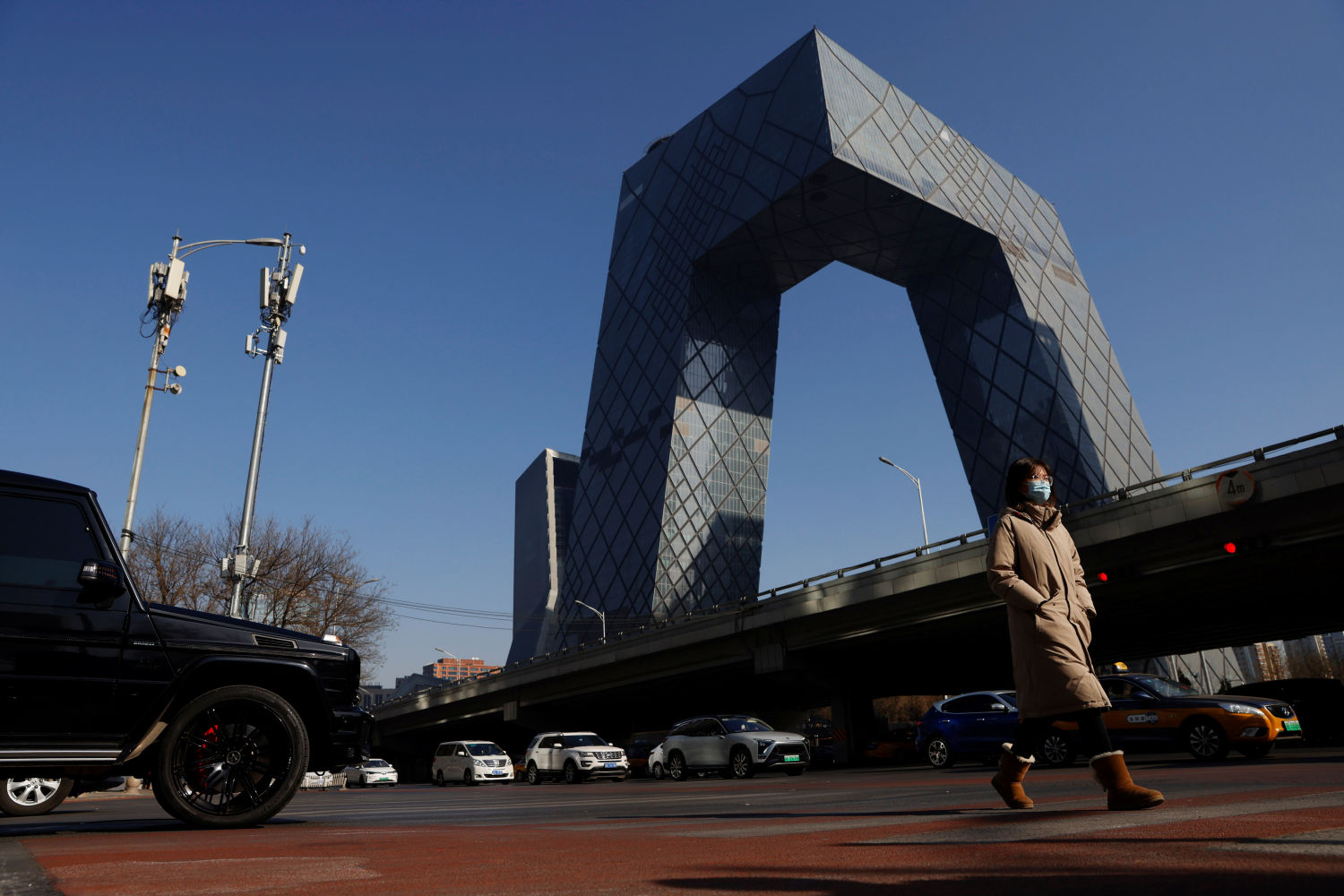(ATF) The Covid-19 pandemic caused a slowdown in many major economies and increased volatility in global capital markets, forcing governments around the world to implement a series of stimulus measures that have included trillions of dollars in financial aid to individuals and businesses, as well as record low interest rates to revive spending and investment.
That glut of liquidity on the back of Covid-19 has had a big influence on global fixed income, with Asian credit markets impacted in much the same ways as other regions, with a decline in spreads and borrowing costs that helped them side-step what could have been an onslaught of defaults.
While that scenario has been good for investment grade names that are lowering their average funding costs, some companies are biding their time on a lifeline that isn’t going to last forever.
The main concern with this whole dynamic is a potential reversal of flows and reversal of economic variables over the next 12 months, particularly inflation. Core rate pressure, steeper yield curves and higher growth make tight credit spreads unattractive, not to mention the fact that dividend yields relative to bond yields are the widest in history.
This outlook means investors are likely to remain very selective, holding more cash and venturing into opportunities where there’s value and good beta.
OPPORTUNITIES AHEAD
While it might be hard to find many options in Asia-Pacific high-yield corporate credit, there could be a lot of upside in lesser-known names if investors are discerning and understand the business. Focusing on cash flows and coverage, along with a flexible expenditure model to ensure that the company can navigate harsh times are key.
There’s value in names in the region that are tied to the global commodity cycle because those risks are typically aligned with higher commodity prices and goods demand; for example, a ports operator who has solid take-or-pay contracts.
For investors who are comfortable with name, sovereigns, and geopolitics, it pays to layer on risk. Indonesia local sovereigns are a case in point, with a modest and closing fiscal deficit, rising reserves, improving terms of trade, and one of the steepest curves in emerging markets.
Looking at different industries, the technology space remains comfortable with large cash positions. Low leverage and awe-inspiring equity cushions benefit semiconductor makers in Taiwan and South Korea and ecommerce and social media companies in China. Yields on some of those names may not be great, but investors can’t expect outsized compensation for such high-quality names in that space.
The outlook for financials is trickier to read because non-performing loans (NPLs) have been held in check due to government measures to support the region’s economies. That’s an elephant in the room, making it hard to read how much the situation may decline and how good the debt coverage will be once that support is gone. Within that space, names that are closer to small and medium-sized enterprises and state-owned enterprises might be better off than those with outsized retail exposure.
Macau gaming companies will also be interesting to watch as discussions around concession renewals scheduled for 2022 develop. This year may also see a rebound of foot traffic and a possible increase in regulatory red tape, including less generous capex tax treatment, and distinction between offshore and onshore entities. Currently, the market isn’t differentiating between these points, but these concessions are a lifeline and can determine the success of a name for the next 20 years.
HIGHER RETURNS IN CHINA
The biggest impact of recent government stimulus efforts in Asia and elsewhere around the world has been in financials. Lending schemes, interest deferrals and other measures have provided a lifeline to borrowers, which in turn has bolstered banks. This will have to change going forward and private banks that might not readily see government capitalisation will probably be more impacted, while public sector lenders are in much better standing.
Governments will be more selective with spending over the next couple of years, so investors should make sure that they align with high priority initiatives, like import-export in India or China’s Belt and Road Initiative.
China stands out because it has both fiscal and monetary firepower. Where and what the leadership will spend it on and how investors can capture the upside is the most apparent unknown for the year ahead. The local debt market presents a good opportunity. After the pork shortage, real yields look good given limited movement in the policy rate despite inflation falling. Foreign investors have taken heed, moving to 8% from 1% of the local market.
The yuan is stable and managed. Nominal and real rates are elevated, while foreign investors such as sovereign wealth funds, pension funds, banks, insurers and other asset managers continue to demand local market debt. These investors benefit from a greater open market as they search for higher returns, while the lack of a major fiscal impulse means there won’t be paper indigestion like we have seen elsewhere.
Ayman Ahmed is Senior Fixed Income Analyst at Thornburg Investment Management






















